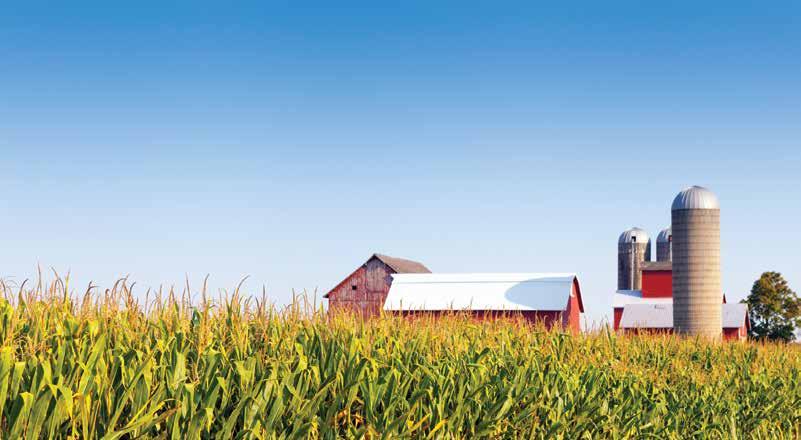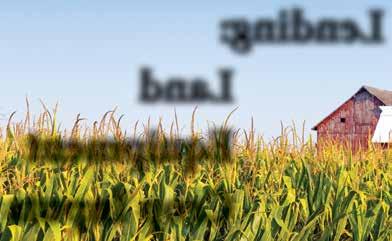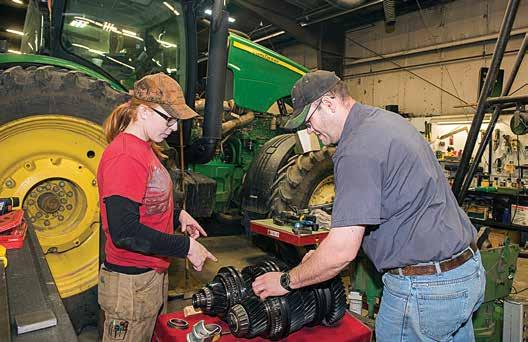
1 minute read
Farming still runs in the family, survey says
by Shaw Media
He has yet to calculate his yields but predicts “considerably less than what we wanted or needed.”
In 2018, 100 percent of Illinois’ corn and soybeans were harvested by late November, according to the USDA. Swanson said in January he knew of some farmers in his district who still had crops yet to harvest.
Despite the difficult year, Illinois farmers were able to harvest 97 percent of corn acres planted and 99 of soybean acres. Illinois also continues to be a national leader in those two crops, producing the most soybeans of any state and the second-most corn, behind Iowa. Nationally, soybean yields were down 20 percent from 2018. The top 16 soybean-producing states saw production drop between 8 percent in Kansas and 42 percent in South Dakota. Only Delaware, North Carolina and Pennsylvania saw increases.
Corn yields dropped only 5 percent nationally. A number of top-growing states, however, saw significantly lower totals, including Minnesota, Indiana and South Dakota.
The low yields reported across the country were not as bad as experts had predicted, Doherty said. He says governMike Vaughn/For North Central Illinois Ag Mag It was well into November when a Bureau County farmer was photographed harvesting his corn crop. Late spring planting and then wet fields in autumn pushed back the traditional harvest window.
ment assistance like crop insurance programs and trade aid payments helped cushion the blow for farmers.
“Given the yield numbers we had in Illinois, we would have had particularly some counties where the entire county’s economy would have been a disaster,” he said.
Getthefinancialsolutionsyouneed toachievethesuccessyoudeserve.

Lending: Land Equipment CropInputs












